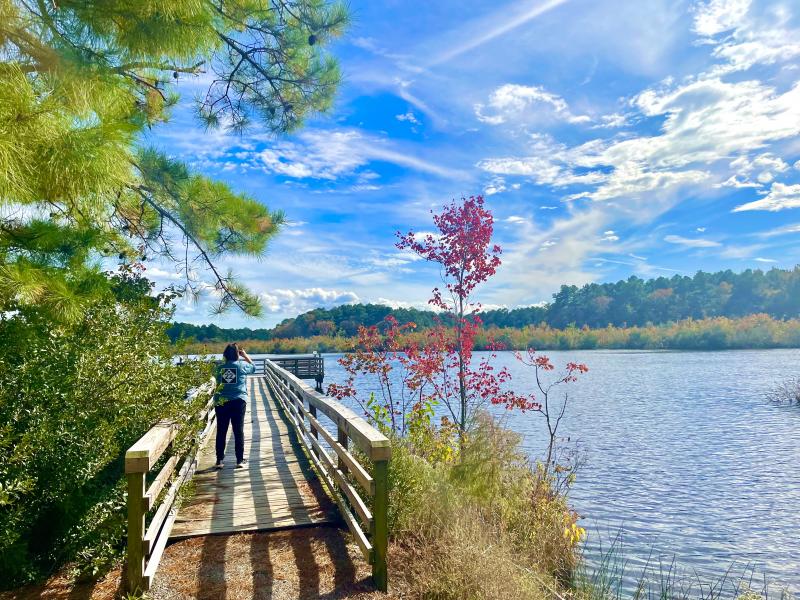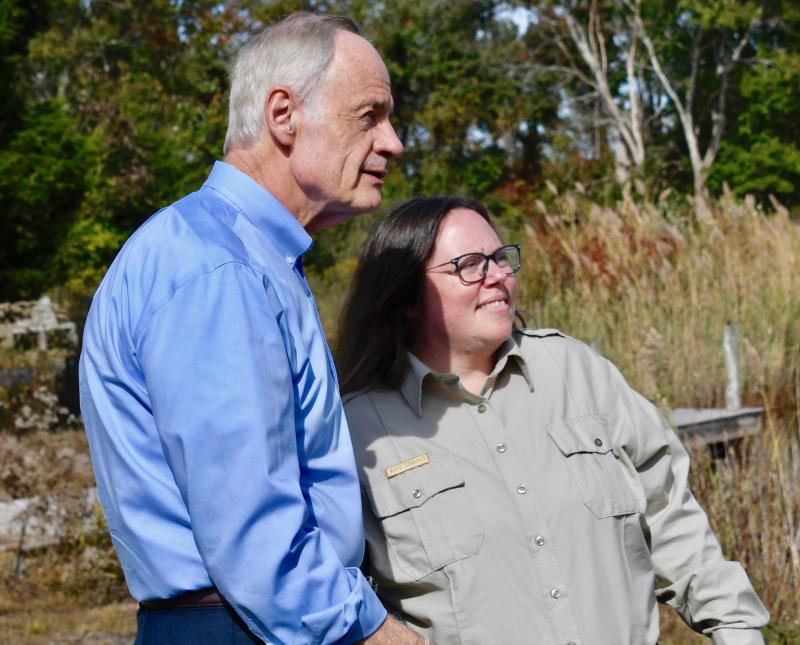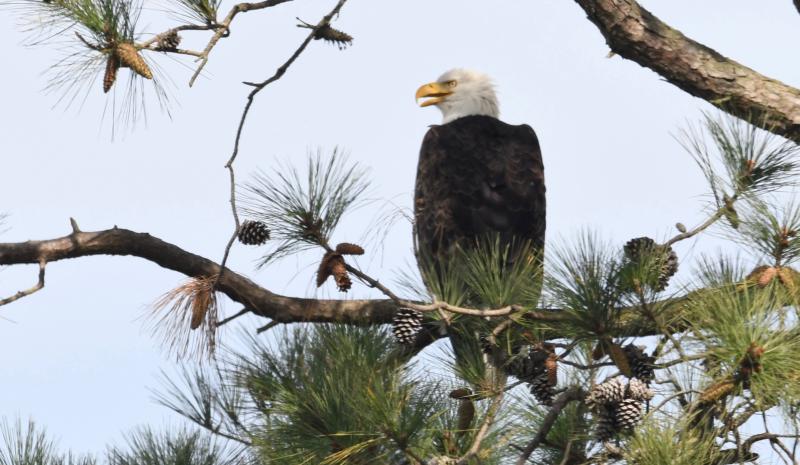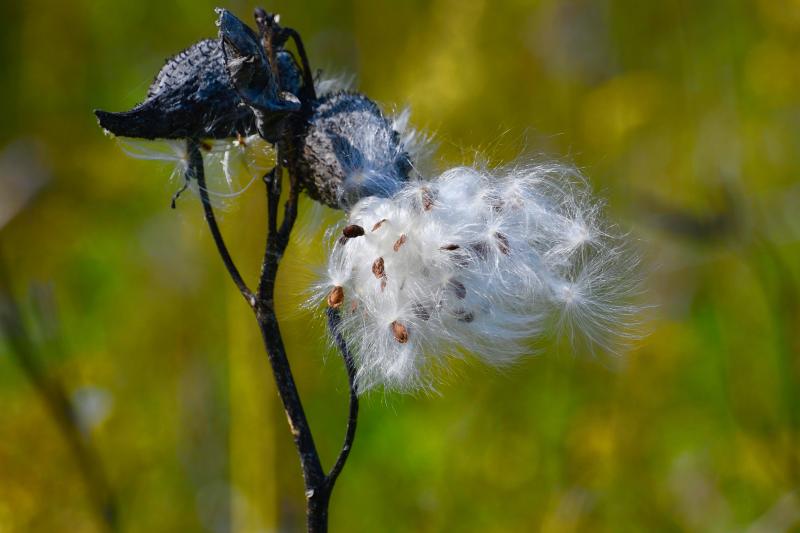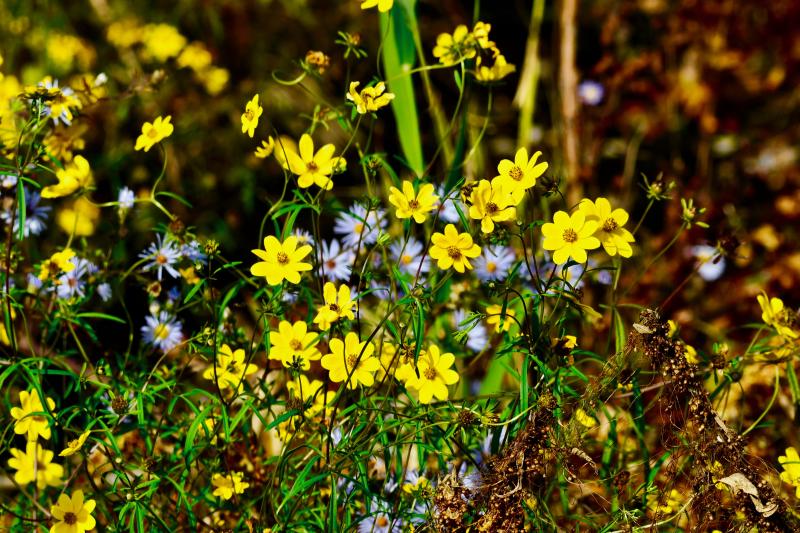Carper helps celebrate Wildlife Refuge Week
U.S. Sen. Tom Carper paid a visit to Prime Hook National Wildlife Refuge Oct. 12 to highlight the importance of celebrating National Wildlife Refuge Week.
Delaware’s two refuges – Prime Hook and Bombay Hook – protect some 26,000 acres of critical marshlands and uplands along the Delaware Bay coastline. “We are blessed to have these two refuges. But people do not know a lot about them,” Carper said. “We want to do a better job of telling their story.”
Prime Hook and Bombay Hook project leader Kate Toniolo said there are more than 560 refuges in the United States, which protect more land than all of the national parks.
She said Prime Hook and Bombay Hook are among the best. “The uniqueness and vastness of this salt marsh ecosystem is like no other place I’ve seen,” she said. “This area is one of the most productive habitats in the world. We have a field of dreams here that should be celebrated.”
Toniolo was named in April to replace the retiring Al Rizzo, who served in the position for nine years.
Prime Hook was established as a national refuge in 1963. Its more than 10,000 acres extend north from Broadkill Road to Slaughter Beach along Delaware Bay. The refuge offers trails, fishing, hunting, boat launches, a visitor’s center, overlooks, locations for wildlife photography, programs and Fowler Beach. Its variety of habitats, including marshlands, woodlands, ponds and grasslands, support more than 250 species of birds and a variety of mammals, reptiles and amphibians.
The refuge is open dawn to dusk and is located at 11978 Turkle Pond Road, Milton. For more information, go to fws.gov/refuge/Prime_Hook.
A series of storms, highlighted by Superstorm Sandy in October 2012, opened breaches in the protective dunes along the coast; saltwater intrusion destroyed 4,000 acres of freshwater marshes. A $38 million project in 2015-16 helped restore two miles of beachfront and returned the marshes to a saltwater habitat.
